Four Bar Mechanism
It has 4 links (3 moving links, 1 fixed link) and 4 joints (pinned).


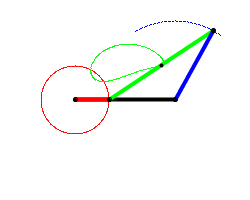


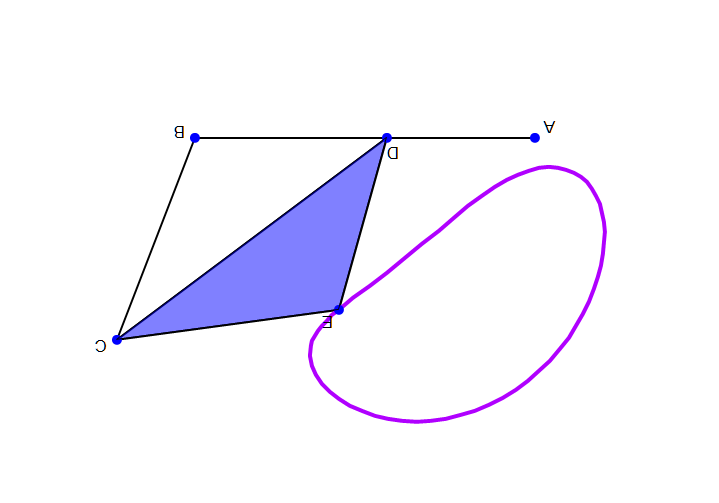
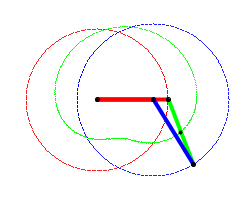


Inversion : Crank and Lever Mechanism (Beam Engine)
Lever oscillates about a fixed center.
Inversion : Double Crank Mechanism (Locomotive Coupling Rod)

Fig: Connecting rod and coupling rods attached to a small locomotive driving wheel


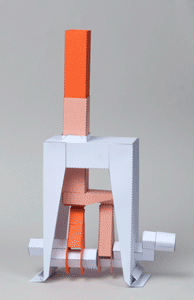


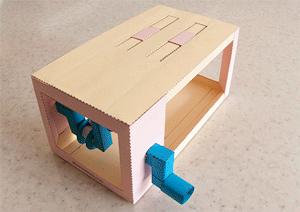
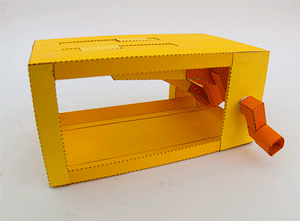


Inversion : Double Lever Mechanism (Watt's Indicator, Stream Engine)
- Watt's linkage (also known as the parallel linkage) : In which the central moving point of the linkage is constrained to travel on an approximation to a straight line. It is also used in automobile suspensions, allowing the axle of a vehicle to travel vertically while preventing sideways motion.
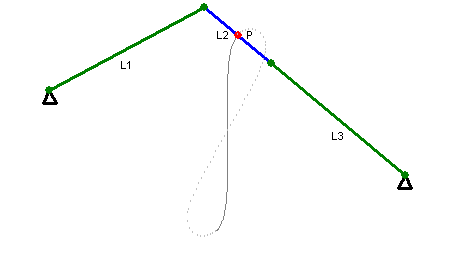

Slider Crank Mechanism
This is a kinematic chain having four links (i.e., modification of the basic four bar mechansim). It has one sliding pair and three turning pairs.
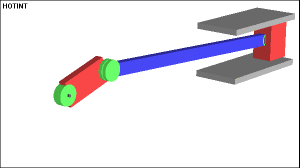
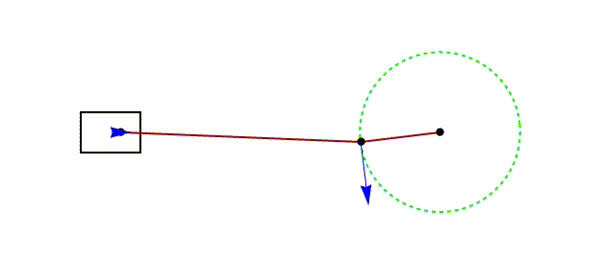
1st Inversion : Ground body is fixed (Reciprocating Engine, Reciprocating Compressor, etc)


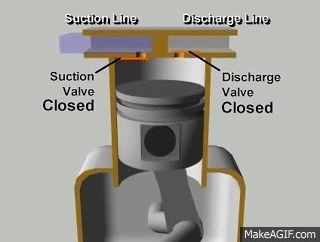


2nd Inversion : Crank is fixed (Whitworth Quick Return Motion Mechanism, Rotary Internal Combustion (IC) Engine or Gnome Engine, etc)
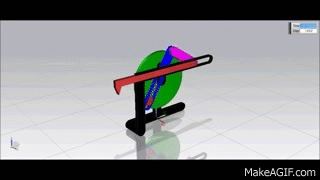

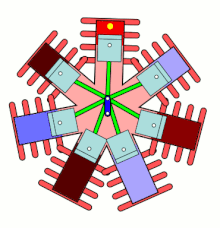

3rd Inversion : Connecting Rod is fixed (Slotted crank mechanism or Crank and Slotted Lever Quick Return Mechanism, Oscillating Cylinder Engine, etc)

Fig: Oscillating Cylinder






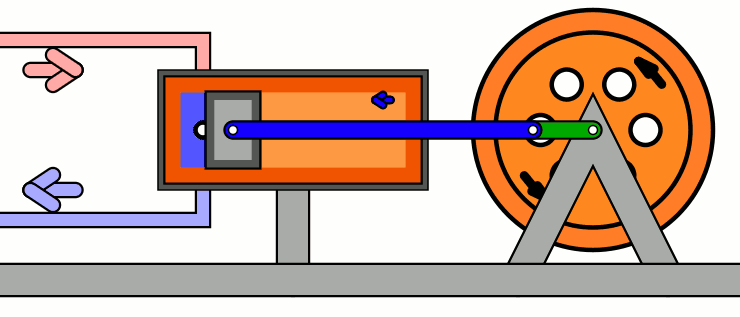
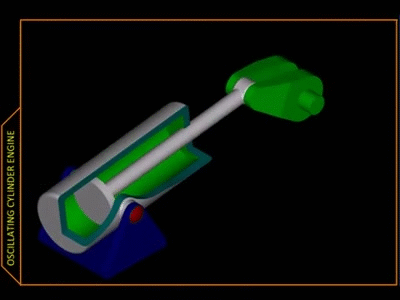
4th Inversion : Slider is fixed (Hand Pump, Pendulum Pump or Bull Engine, Radial Engine, etc)

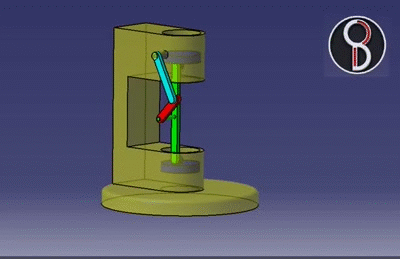



Double Slider Crank Mechanism



Inversion : Elliptical Trammels

Inversion : Scotch Yoke Mechanism




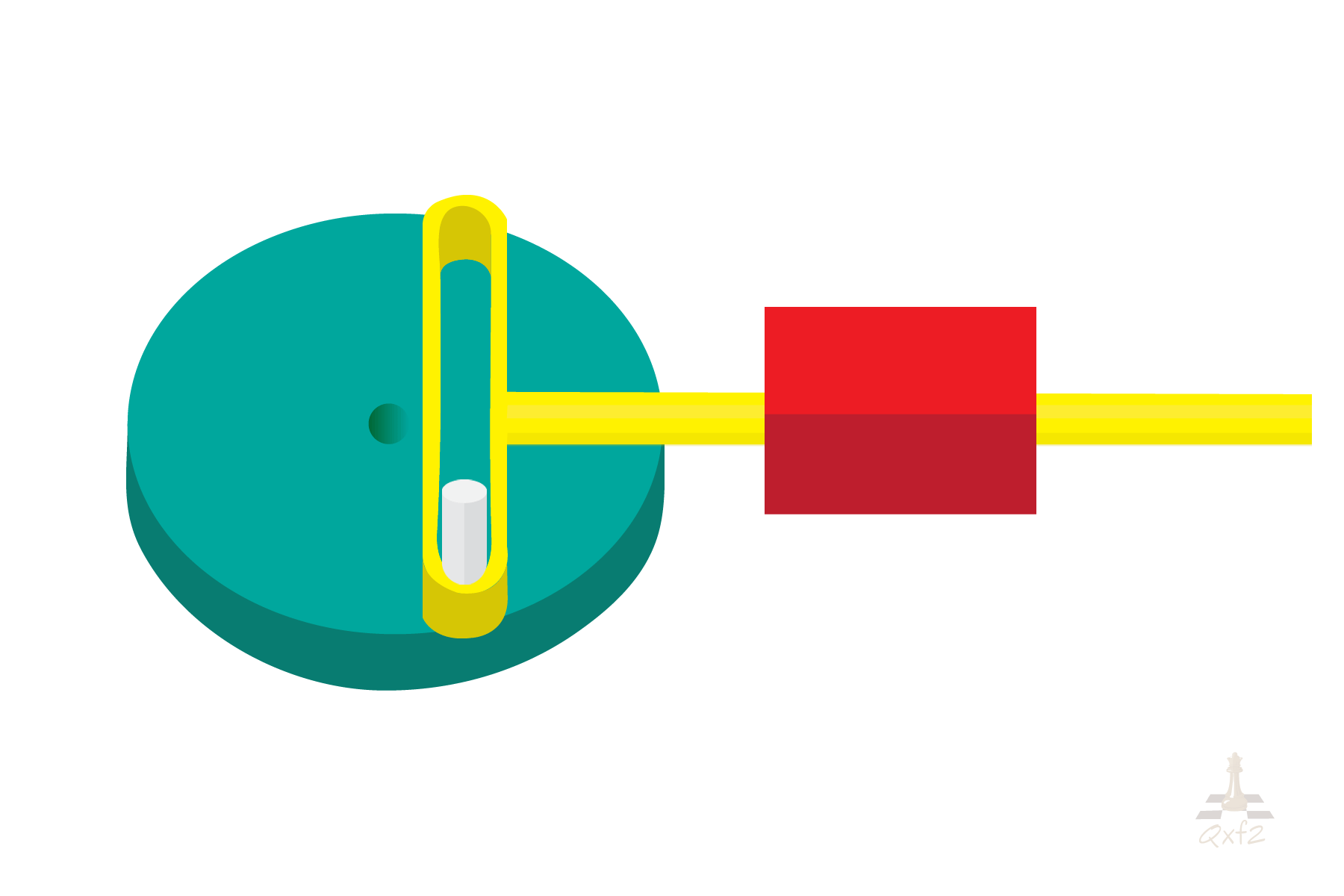


Above Fig Only: Needle Bar Slot Cam (Modified Scotch Yoke Mechanism)
Inversion : Oldham's Coupling
It is used to connect two parallel shafts whose axes are at a small distance apart. Two flanges, each having a rectangular slot, are keyed, one on each shaft. The two flanges are positioned such that, the slot in one is at right angle to the slot in the other.
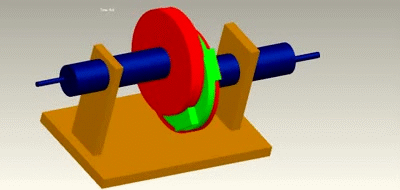

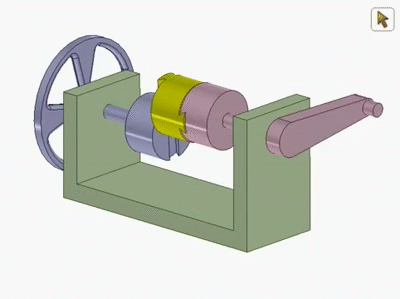


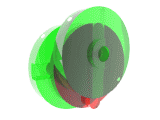





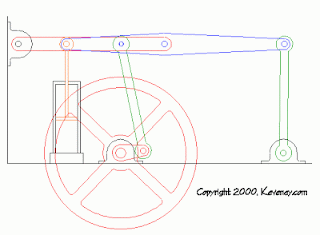



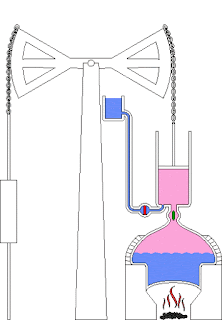
கருத்துகள் இல்லை:
கருத்துரையிடுக